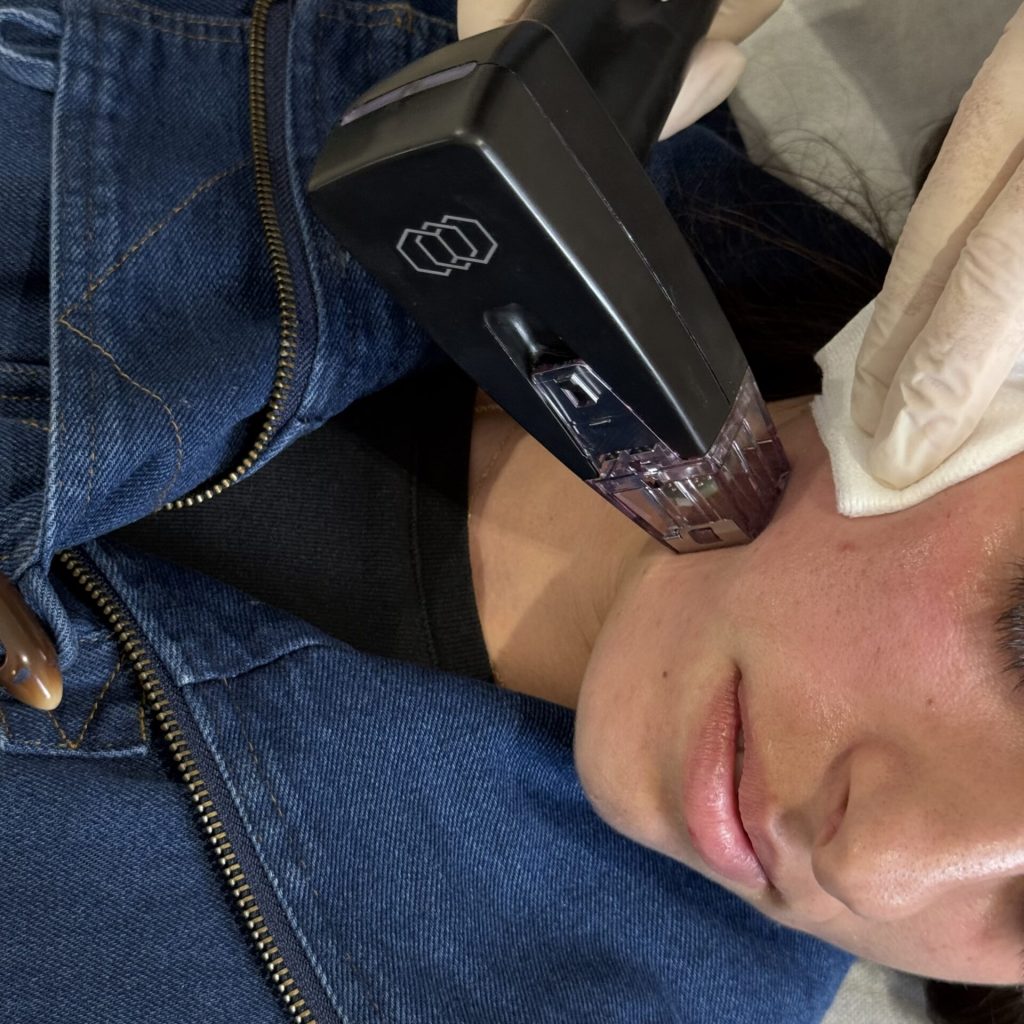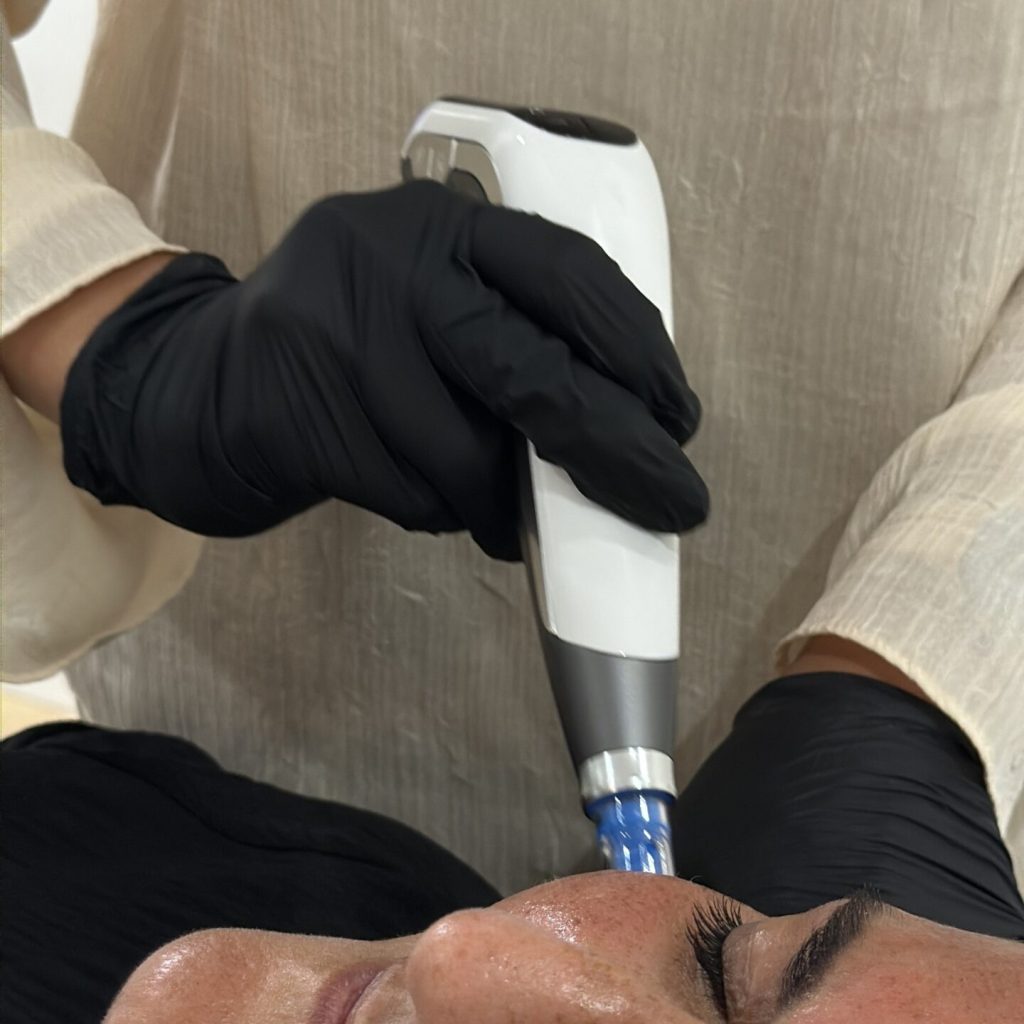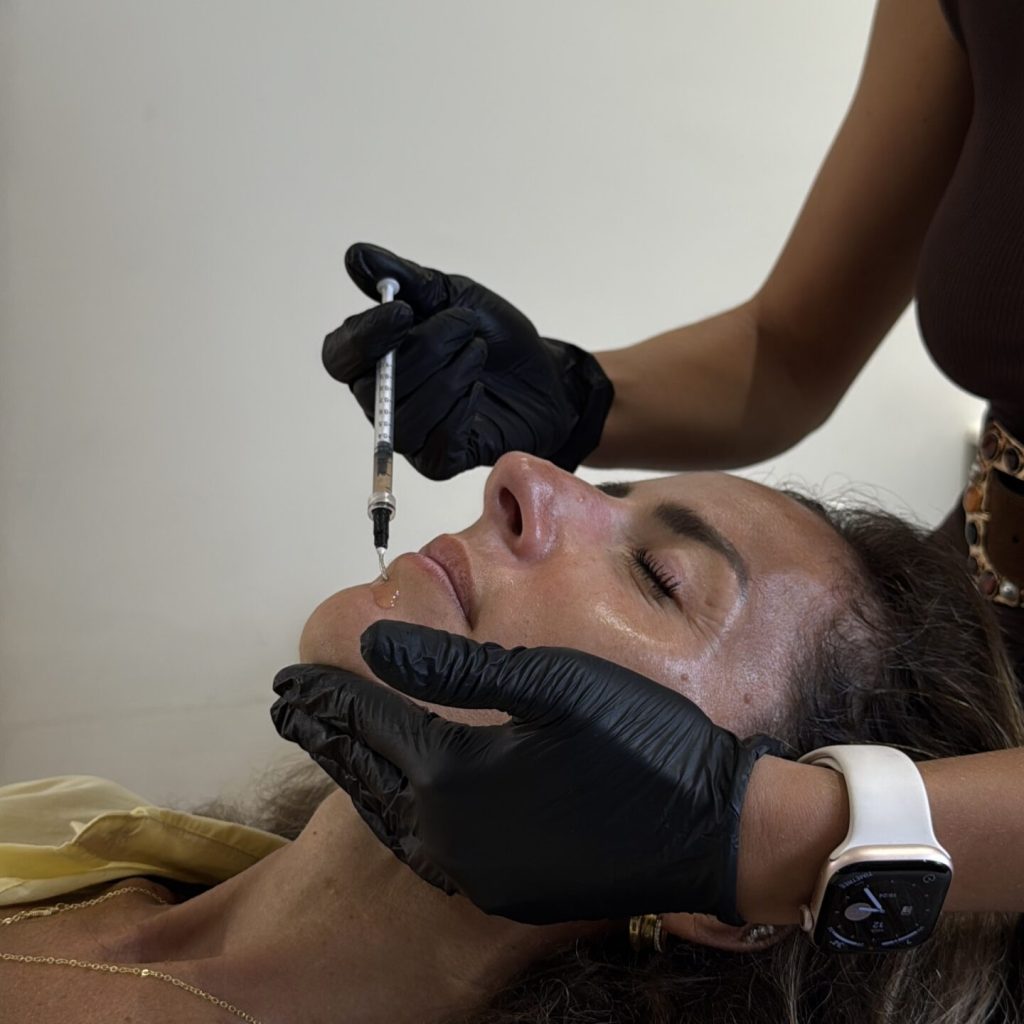Pores dilatÉs
En tant que plus grand organe du corps, la peau joue un rôle essentiel dans la protection contre les agressions extérieures et dans la régulation de divers processus physiologiques. La peau est également un reflet de notre santé globale, de notre mode de vie et de notre bien-être émotionnel.
Prendre soin de notre peau est donc crucial pour maintenir sa santé et son apparence. Cela comprend l’adoption d’une routine de soins de la peau adaptée à nos besoins individuels, la protection contre les dommages causés par le soleil et les éléments extérieurs, une alimentation équilibrée et une hydratation adéquate, ainsi que la gestion du stress et du mode de vie.
En investissant dans des habitudes de soins de la peau saines et en consultant des professionnels de la santé lorsque cela est nécessaire, nous pouvons aider à préserver la jeunesse et l’éclat de notre peau, tout en favorisant notre bien-être général.

Les pores dilatés, également connus sous le nom de pores visibles ou de pores ouverts, font référence à des follicules pileux de taille plus grande que la normale sur la peau. Ces pores peuvent être plus visibles à l’œil nu et peuvent donner à la peau un aspect rugueux ou granuleux, en particulier sur le nez, les joues, le menton et le front. Les pores dilatés peuvent être causés par plusieurs facteurs, notamment :
- Excès de sébum : Lorsque les glandes sébacées produisent trop de sébum, cela peut entraîner un blocage des pores et une dilatation de ces derniers.
- Accumulation de cellules mortes de la peau : L’accumulation de cellules mortes de la peau peut obstruer les pores et les rendre plus visibles.
- Perte d’élasticité de la peau : Avec l’âge, la production de collagène et d’élastine diminue, ce qui peut entraîner une perte d’élasticité de la peau et une dilatation des pores.
- Exposition au soleil : Les rayons ultraviolets du soleil peuvent endommager la peau et augmenter la production de sébum, ce qui peut contribuer à l’apparence des pores dilatés.
- Génétique : La taille des pores peut également être influencée par des facteurs génétiques, certaines personnes ayant naturellement des pores plus larges que d’autres.
- Hormones : Les changements hormonaux, tels que ceux qui se produisent pendant l’adolescence, la grossesse ou la ménopause, peuvent affecter la production de sébum et influencer la taille des pores.







